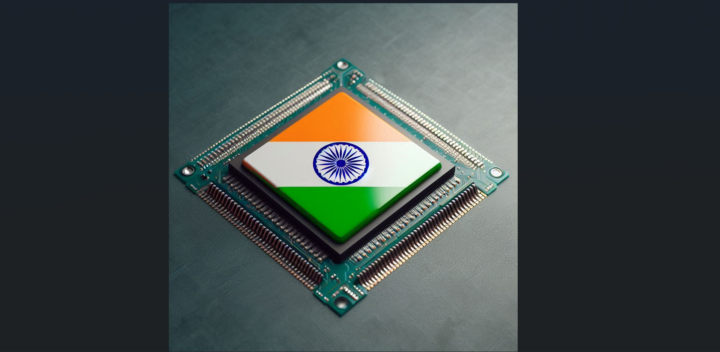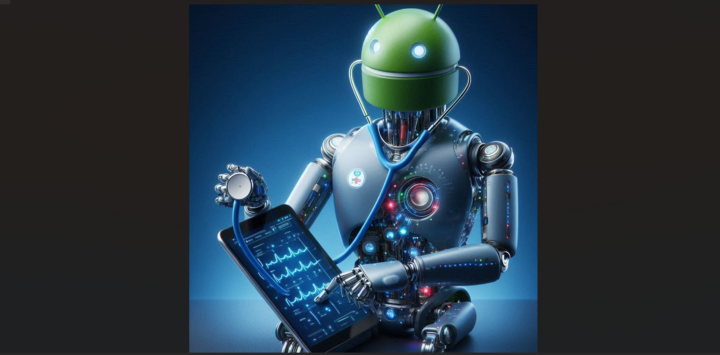People in the nineteenth century were skeptical of the development of new mobility solutions, but automobiles have made huge strides since Karl Benz developed his first practical automobile in 1885. The automobile is perhaps one of the most innovative manufactured products of the past century.
Being quick, comfortable, adaptable, accessible, and affordable mode of transportation, it has not only become a status symbol and a means of expressing one’s identity but has also been critical to the operation of many industries, sectors, societies, and economies around the world. The automobile industry’s annual revenue is equal to the size of the world’s sixth-largest economy.
Read more: Developments & challenges in the mobility ecosystem: Trends for 2022
The Indian automotive industry is one of the largest in the world, with a market value of US$300 billion expected by 2026. The demand for Indian vehicles continues to grow in the domestic and international markets with a solid export growth anticipated in the near future.
Various initiatives by the Government of India and major automobile players in the Indian market are expected to position India as a world leader in the two-wheeler and four-wheeler passenger. However, as the young, technically savvy generation will begin to drive in the next few years, the major focus of automobile industry has shifted to develop more sustainable and convenient mobility solutions which are inline with the driver experience similar to that of the driving model in the western countries.
Advances in car design, technology, and a focus on the driver experience will not only enhance driver-passenger convenience but simultaneously help to reduce the number of road accidents in a country like India where about 450,000 accidents take place annually, out of which 150,000 people die. Driving will also be more efficient for those who spend a lot of time behind the wheel as the modern rendition of new vehicles is capable to minimize the driver’s error which is the primary cause of inconveniences, vehicle breakdown, and safety issues.
Almost all reputed automobile brands from around the world operate in India, as it provides a perfect destination for a fast-growing dynamic market, cost-effectiveness of operations, and efficient manpower. Here’s what to expect from major brands that are making progress to enhance driving features that will soon be available in many automobiles across the country.
Self-Driving Cars
The sci-fi concept of self-driving cars surely once seemed a futuristic idea but in recent years many top-notch automotive companies in the west have made it a reality. As advancement in automated vehicle concepts has progressed, some human input is still required, depending on the level of automation. Autonomous vehicles can be used as self-driving taxis, with passengers just adding their appropriate destination. Autonomous vehicles also communicate with each other to compliance with traffic laws and safety.
In India, autonomous vehicles will undoubtedly make roads safer and reduce human error, but in order for this to be a possibility, building standard road infrastructure simultaneously is necessary. While fully automatic cars are yet to be seen in India, some modern semi-automatic drive assisting features such as Automated Braking, Lane Keeping Assistance (LKA), which steers the vehicle into a specific lane, and Adaptive Cruise Control (ACC), which automatically regulates speed while the driver only steers, have already been introduced.
AR Dashboard Displays
In-vehicle Augmented Reality (AR) displays provide a seamless, engaged, and more informed driver experience as it has the potency to provide drivers with innovative visual feedback for a better driving experience. The demand for AR dashboard displays in the west has geared up as passenger and vehicular safety is the top priority.
The system employs Artificial Intelligence and communicates with the driver, including how quickly one is approaching another vehicle. It also shows lane edges and determines whether what’s ahead is a vehicle, a pedestrian, a cyclist, or a trash can. AR screens will even display all the vital information you need to know about the car itself.
V2V Communication
According to recent studies, approximately 60% of road accidents could be averted if the driver was warned just one-half second before the collision occurred. In fact, traffic accidents have surpassed illnesses as the leading cause of death. Inter-vehicle communication refers to communications between vehicles and vehicles and sensors installed in or near various locations, such as roadways, signs, parking lots, and even at the home garage.
The system warns the driver when an intersection collision is likely to occur, assists the driver in negotiating curves at appropriate speeds, updates the fastest connectivity routes, and predicts if the driver will be in violation based on vehicle speed and braking status. It can also enable traffic control centers to improve traffic flow management. Many of the world’s leading automakers are already utilizing this technology to aid in the development of self-driving vehicles.
Smart Car Park Management
As the population grows, so does the demand for vehicles, putting a strain on city car parks, which face different operational challenges and constraints. In Western countries, smart car park management provides a comprehensive, efficient, and cost-effective method of managing car parking.
It directs drivers to available parking spaces, recognizes them using Automatic Number Plate Recognition (ANPR) for hassle-free entry and exit and allows them to pay parking fees using their mobile phones. The technology is easy to operate and has been proven to be an efficient way to accurately control parking spaces in places such as supermarkets, shopping centers, gyms, business estates, hotels, public parks, and others.
In India, where most parking lots are manually maintained, the system could be a game-changer. Apart from improving operational efficiency for car park operators, it can save drivers a lot of time, as well as reduce traffic congestion caused by driving around looking for vacant lots.
Understanding how cars initially came to be can help drivers appreciate how far it has reached in terms of progress. The automobile industry is constantly revolutionizing the driving experience and the way people travel with the help of ever-evolving technologies. The advent of these new ideas has significantly focused on safer driving, more immersive driving, and adding more enjoyable elements to our daily commute.

Pranshu Gupta
Guest contributor Pranshu Gupta is the Founder and CEO of Trak N Tell, a Gurgaon-based automotive Telematics solutions startup that provides connected car tracking and safety devices to ensure the safety of the car and family members both on and off the road. Any opinions expressed in this article are strictly that of the author.












